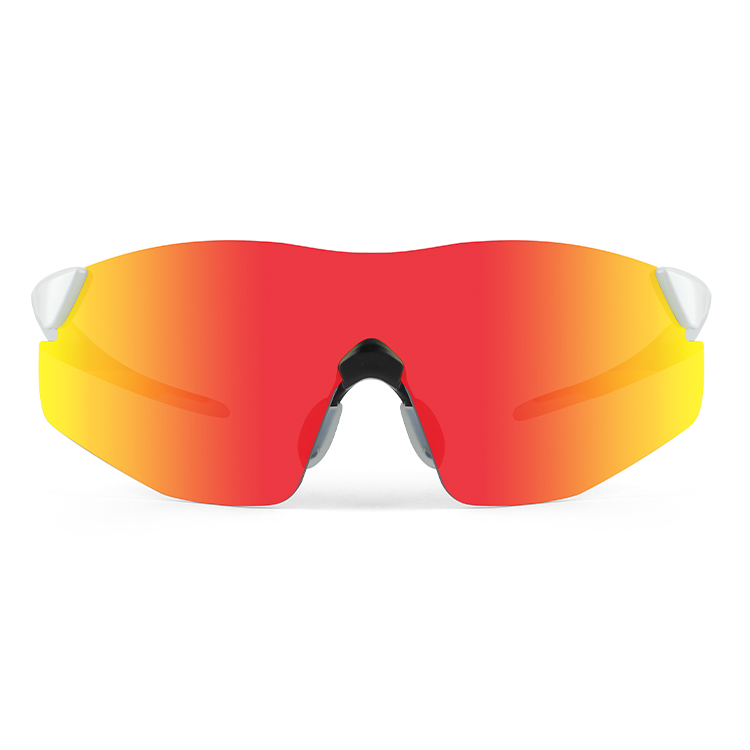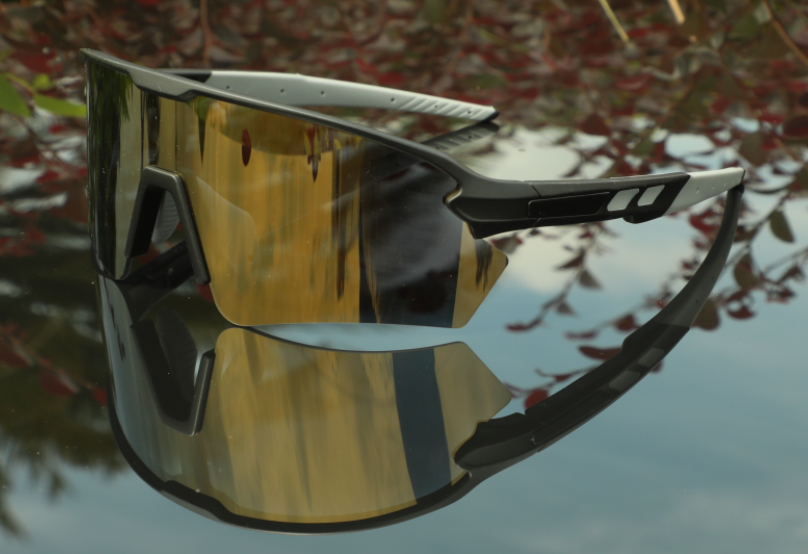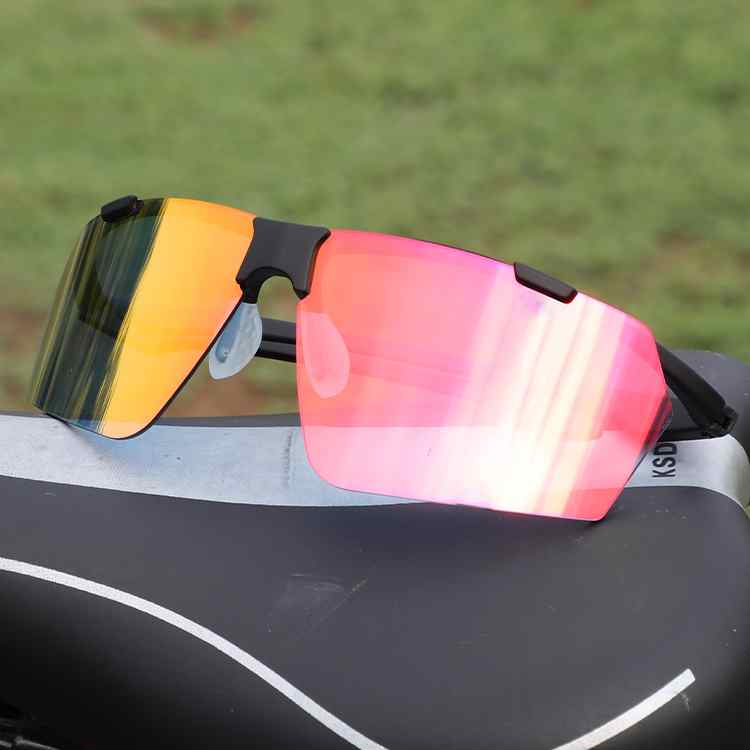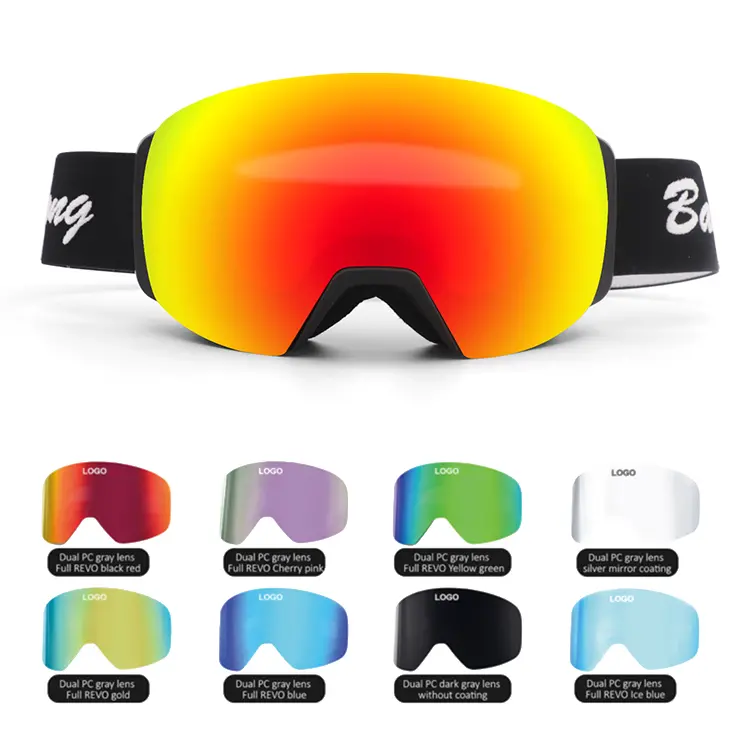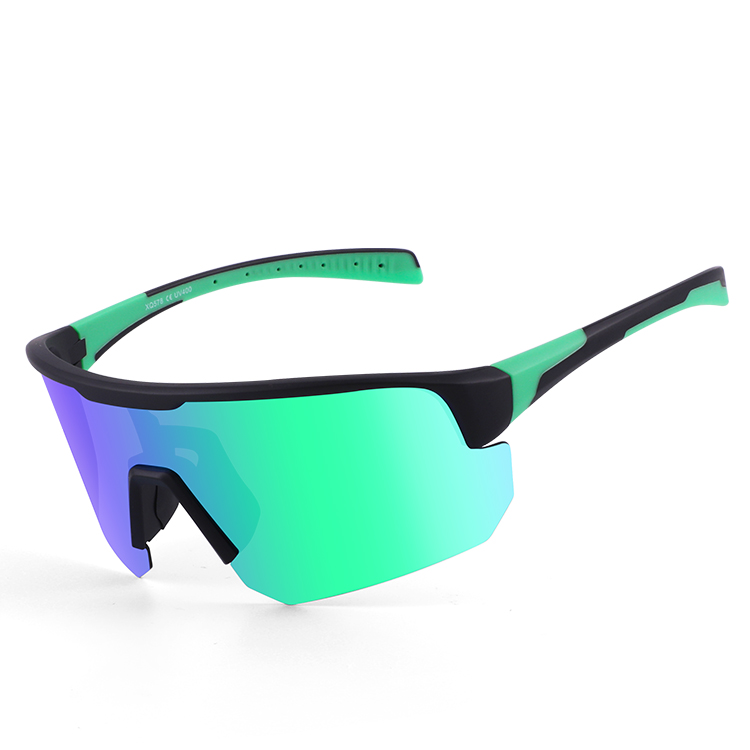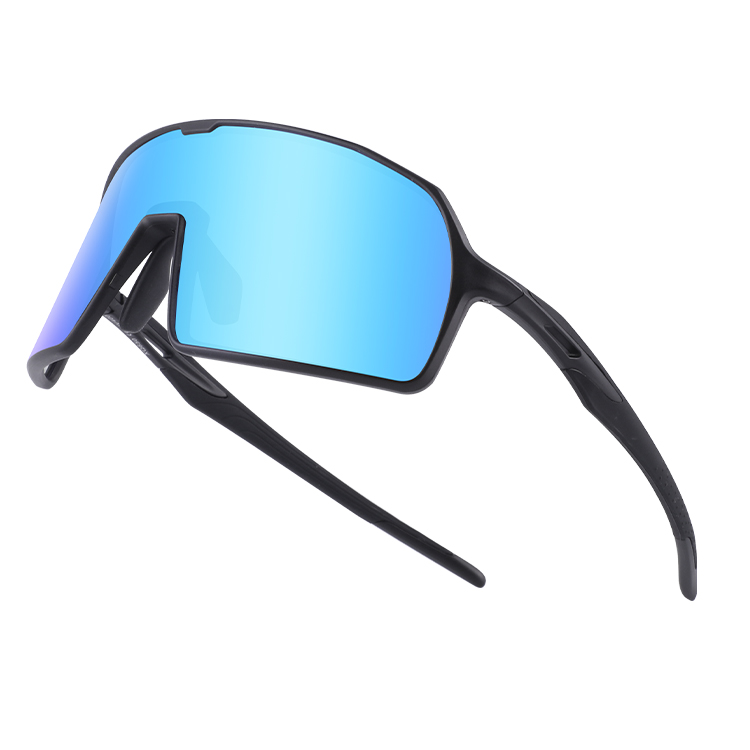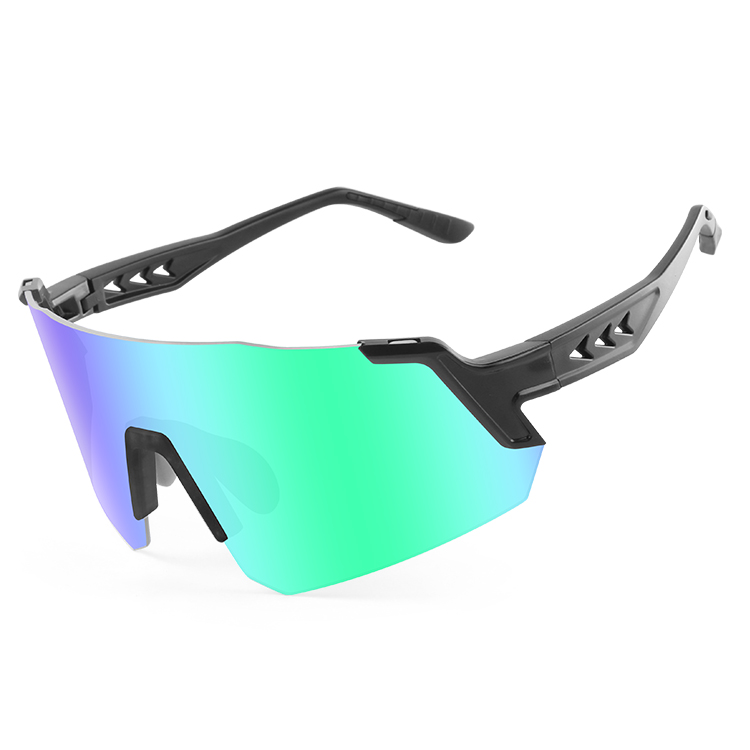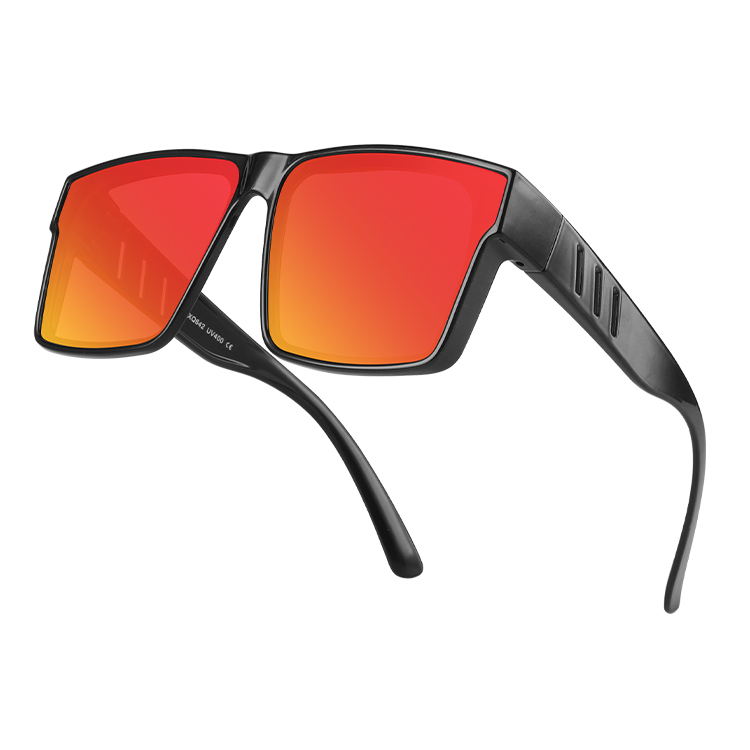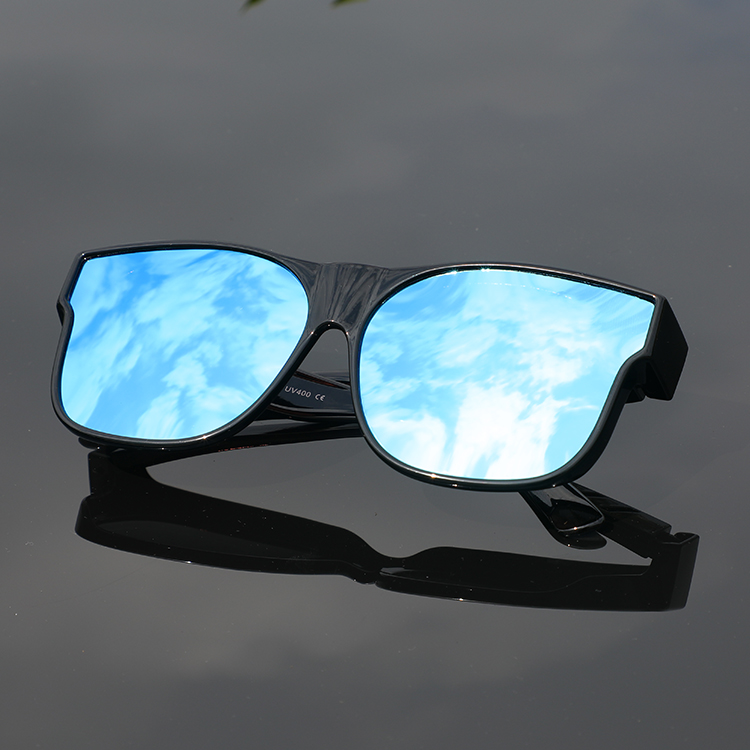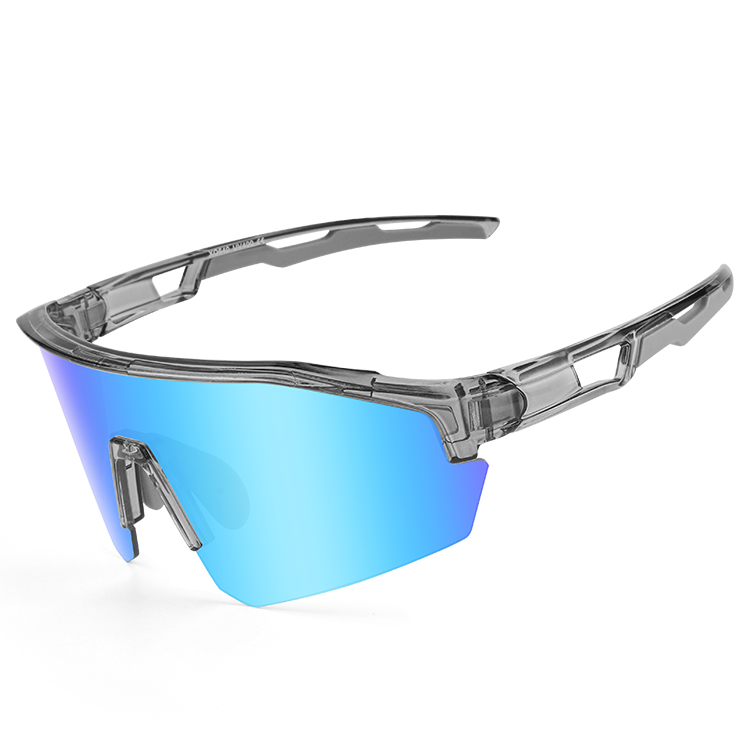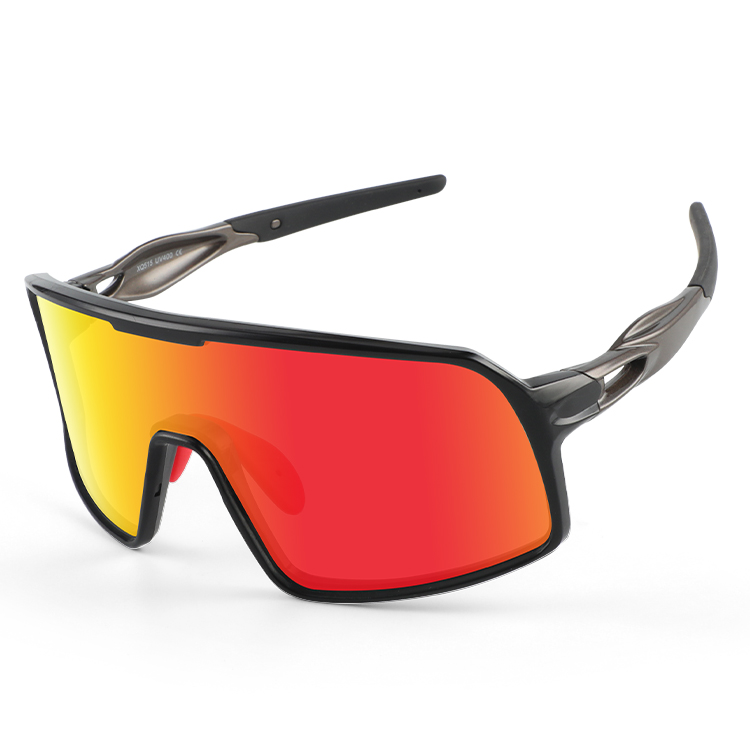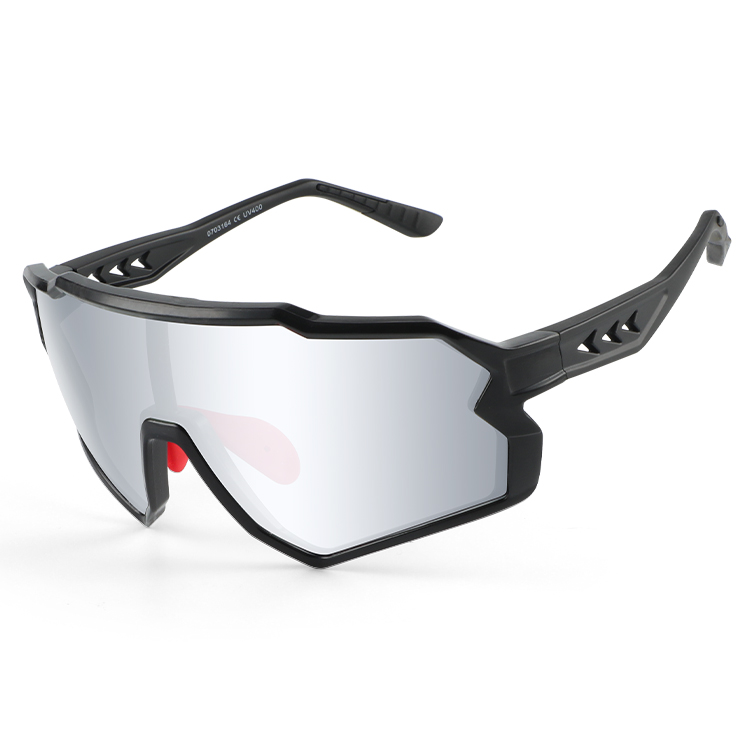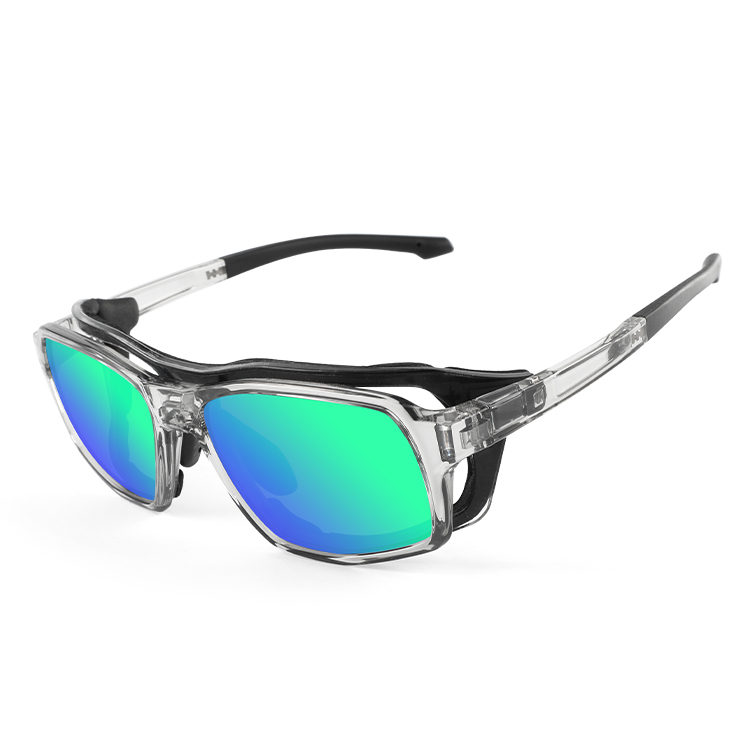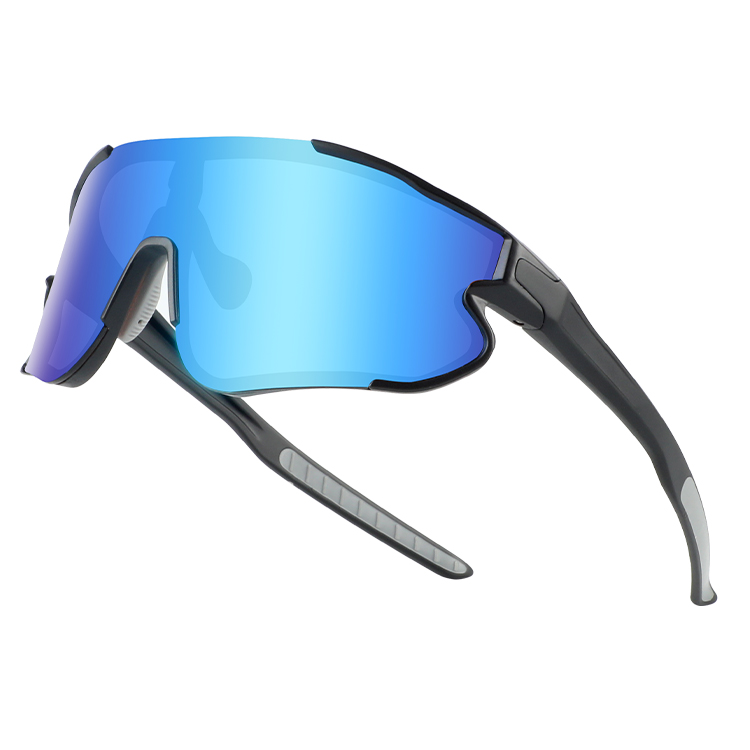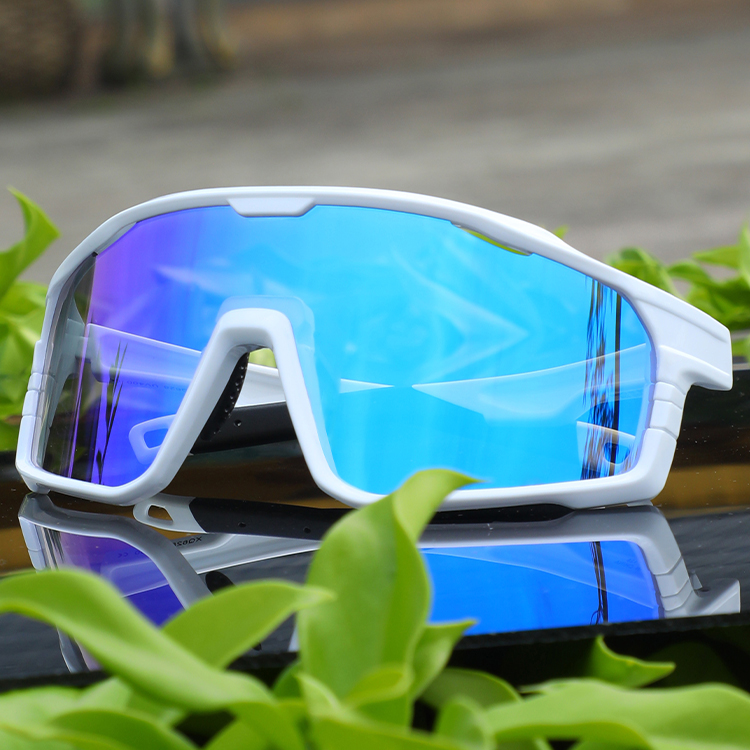Skiing is an exhilarating winter sport that offers breathtaking scenery, a rush of adrenaline, and the joy of carving through fresh snow. Yet, without the proper gear, even the most exciting slopes can become challenging or unsafe. Among all the equipment, a pair of black ski goggles is more than just a stylish accessory—it’s vital for clear vision, eye protection, and overall comfort on the mountain. For novice skiers, selecting the right black ski goggles is the first step to enjoying a safe and confident ride.
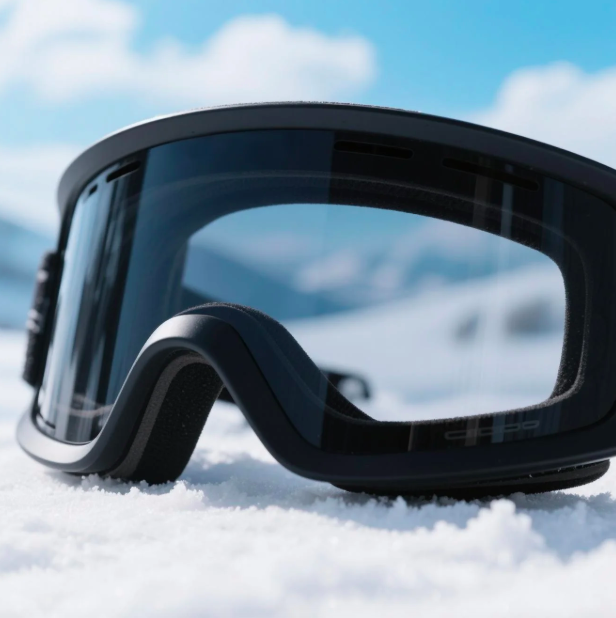
1. Understand Your Skiing Environment
Resort Conditions
Large ski resorts often feature wide-open runs where sunlight can vary dramatically. On bright, sunny days, look for dark-tint lenses (VLT roughly 5–20%) to cut glare. In overcast or snowy conditions, lenses with higher VLT (20–50%) let in more light, improving contrast and depth perception.
Time of Day
Early-morning or late-afternoon runs bring long shadows and changing light. For dawn or dusk, mid-range VLT lenses (around 30–50%) offer balanced visibility, helping you spot terrain variations.
2. Lens Performance
Visible Light Transmission (VLT)
VLT is the percentage of light that passes through the lens. Lower VLT blocks more light—ideal for bright sun—while higher VLT lets in more light for flat or low-light conditions. Beginners benefit from goggles with interchangeable lenses covering a broad VLT range (e.g., 5–60%).
Anti-Fog Technology
Fogging occurs when warm breath and moisture meet cold lens surfaces. Effective systems combine:
Dual-layer lenses for thermal insulation
Strategic venting to promote airflow
Hydrophobic coatings that disperse condensation
Prioritize goggles that integrate all three for the clearest view.
UV Protection
At altitude, UV exposure intensifies. Always choose goggles rated UV400, which block 99–100% of UVA and UVB rays—essential for preventing eye damage.
3. Prioritize Comfort
Frame Materials & Fit
Frames made of soft, flexible materials (like silicone or hypoallergenic foam) conform to different face shapes and create a snug seal. A good fit means no pinching and a stable, leak-free barrier against wind and snow.
Adjustability
Features to look for:
Adjustable straps to fine-tune tension over helmets
Interchangeable nose bridges for customized fit, reducing pressure points
Weight & Breathability
Lightweight frames minimize fatigue, and well-designed vents keep air flowing to reduce sweat and heat buildup, ensuring long-lasting comfort.
4. Compatibility Matters
Helmet Integration
Ensure the goggles’ strap width and curvature align with your helmet’s goggle channels. A seamless fit prevents gaps that could let in cold air or snow.
Prescription Compatibility (OTG)
If you wear glasses, look for “Over The Glasses” (OTG) designs. These frames have extra internal depth and lens cutouts to accommodate your prescription eyewear without sacrificing seal or field of view.
5. Choosing Your Goggles
Instead of focusing on specific brands or models, evaluate each option against these core criteria:
Lens Kit
- Does it include multiple lenses covering bright to low light conditions?
- Are the lenses dual-layer with anti-fog coatings and vents?
UV Protection
- Is it rated UV400 or higher?
Fit & Comfort
- What materials are used in the frame and face foam?
- How adjustable are the straps, nose bridges, and comfort features?
Helmet & Glasses Compatibility
- Does it integrate smoothly with your helmet?
- Is there an OTG version if you need prescription wear?
Budget & Warranty
- Does the price align with the features you need?
- Is there a manufacturer’s warranty or satisfaction guarantee?
By comparing any pair of black ski goggles against these points, rather than brand names, you’ll be equipped to select the model that best matches your skiing style, environment, and personal comfort needs.
Conclusion
Choosing the right black ski goggles boils down to understanding where and when you’ll ski, prioritizing lens performance and eye protection, ensuring a comfortable fit, and confirming compatibility with your helmet and glasses. Focus on those key factors, and you’ll find a pair that keeps your vision crystal clear and lets you fully enjoy your time on the mountain.

